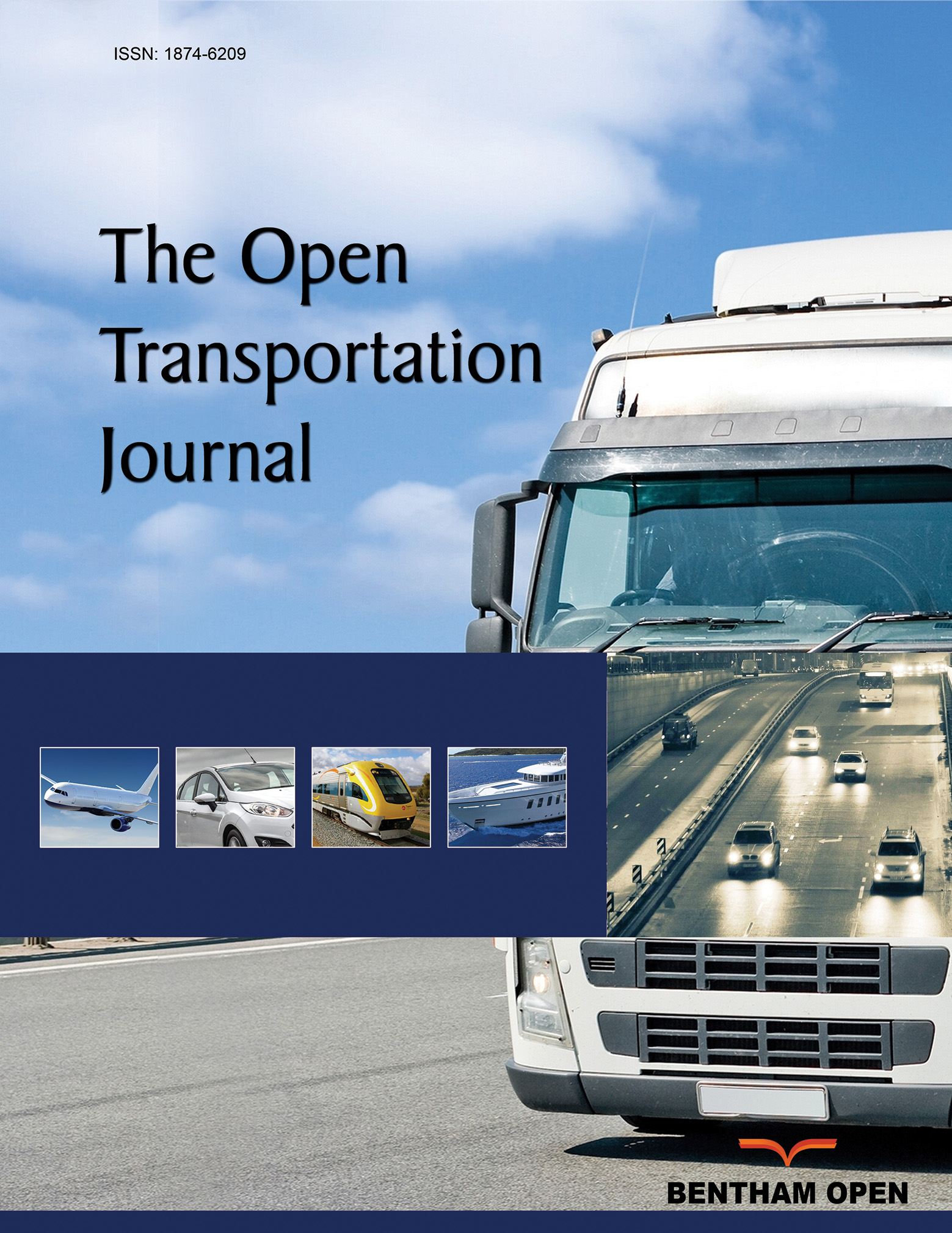All published articles of this journal are available on ScienceDirect.
Spatial Analysis of the Contribution of Parking Service Facilities to Traffic Crashes along Limited-access Roadways
Abstract
Background and Objective:
Parking service facilities (PSFs) are integral components of road networks and are typically designated to offer road users, stakeholders, and external entities various services and opportunities. However, the current literature manifests contradictions among studies regarding the contribution of PSFs to crashes in the mainline traffic stream. This study aims to assess the contribution of PSFs to traffic crashes on limited-access expressways using hotspot analysis of traffic crashes in GIS.
Methods:
Planar Getis-Ord Gi* and network KDE were used to detect crash hotspots along a study road based on five criteria: crash frequency of all vehicle types, frequency of all vehicles involved in crashes, frequency of heavy vehicles involved in crashes, injury severity index and iRAP star rating.
Results:
The study identified and ranked the safety hazard of PSFs along the study road via the interference and risk level of crash hotspots with influential segments of PSFs. Getis-Ord Gi* analysis showed that almost 65% of PSFs along the study road were potentially high-risk facilities, with their influential segments interfering with crash hotspots based on the five hotspot analysis criteria. On the other hand, network KDE identified that almost 100% of PSFs along the study road were potentially high-risk facilities of either serious, significant or moderate risk levels based on the same hotspot analysis criteria.
Conclusion:
The two spatial analyses indicated that crashes in proximity to PSFs may increase when the number of lanes of their influential road segments increases and traffic flow is interrupted by other road facilities. They also indicated that crash frequency and severity increase in the proximity to PSFs with high speed and high traffic volume. Furthermore, the two analyses indicated that heavy vehicle crashes are more likely to increase in proximity to PSFs in rural areas.


